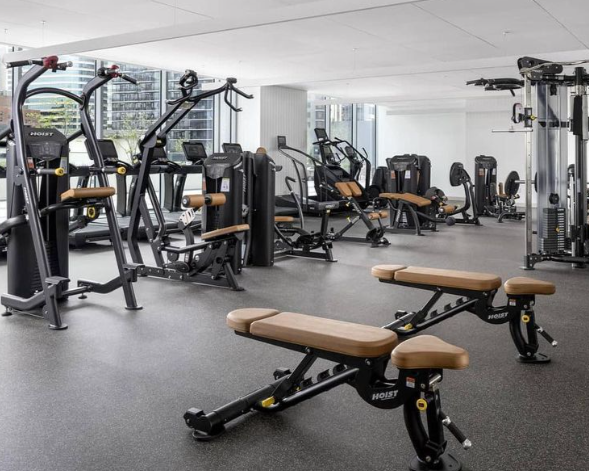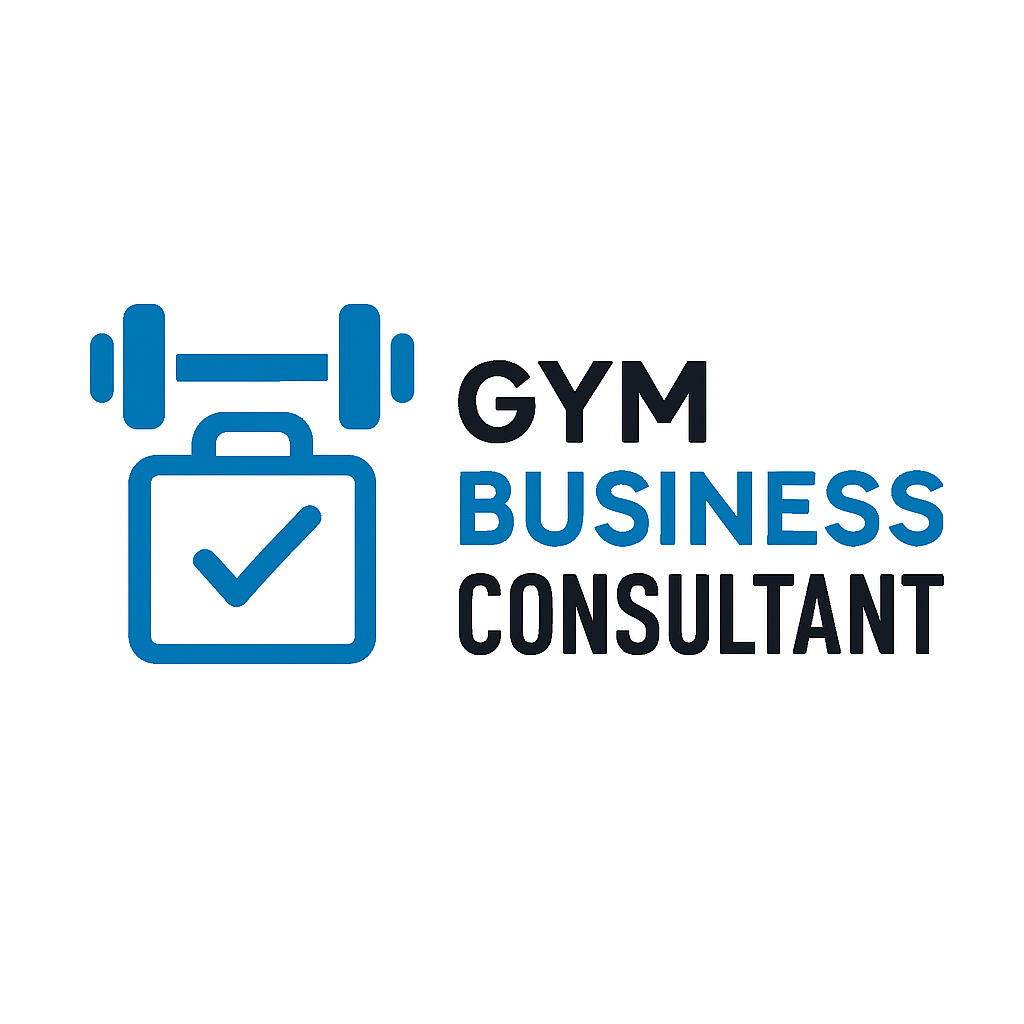Opening a gym is exciting, but success in the fitness industry isn’t about having the best equipment or the biggest space—it’s about having a clear business plan.
A solid business plan not only guides your decisions but also helps when applying for loans, attracting investors, or simply staying on track.
Here’s a step-by-step Gym Business Plan Template for 2025 you can use to map out your dream fitness business.
1. Executive Summary
Your business plan starts with a quick overview. Answer:
- What type of gym are you opening (boutique studio, functional training, commercial)?
- Where will it be located?
- Who is your target audience?
- What makes your gym unique?
- How much capital do you need, and what’s your revenue goal?
💡 Keep this section short—1–2 pages max.
2. Market Analysis
Understanding your market is critical. Include:
- Industry overview: What is the demand for gyms in your area in 2025?
- Target demographics: Age, income, lifestyle of your members.
- Competition analysis: Who else is nearby? What do they offer? Where are the gaps?
- Trends: Boutique fitness, corporate tie-ups, wellness add-ons (yoga, juice bars, recovery zones).
💡 Show you’ve researched—not just guessed.
3. Location & Facility Plan
Describe your gym space:
- Size (sq. ft.) and layout (zones: cardio, strength, group classes, reception).
- Accessibility (parking, metro/bus, foot traffic).
- Interior design vision (modern, boutique, luxury, community-driven).
💡 Location makes or breaks gyms—choose wisely.
4. Services & Revenue Streams
What exactly will you offer? Examples:
- Membership plans (monthly, annual, pay-per-class, hybrid).
- Personal training packages.
- Group fitness classes (HIIT, yoga, spin, functional training).
- Add-ons (nutrition coaching, juice bar, supplements, merchandise).
- Corporate wellness partnerships.
💡 Multiple revenue streams = more stability.
5. Marketing & Sales Strategy
How will you attract and retain members?
- Pre-launch marketing (social media ads, community events).
- Sales funnel (lead capture → follow-ups → conversion).
- Referral & loyalty programs.
- Retention strategies (challenges, events, engagement).
💡 Your first 100 members = your marketing army.
6. Staffing & Management Plan
List your team structure:
- Trainers/coaches (specializations, certifications).
- Front desk & sales staff.
- Operations & housekeeping.
- Management roles (if needed).
💡 Your staff is the face of your gym—hire for passion + skills.
7. Financial Plan
Investors (and you!) want clarity on numbers. Include:
- Startup costs (rent, equipment, interiors, licenses).
- Operating costs (salaries, utilities, maintenance, marketing).
- Revenue forecast (memberships, PT packages, corporate deals).
- Break-even analysis (when will you recover your investment?).
💡 Always keep 10–15% buffer for unexpected costs.
📌 Free Gym Business Plan Template (Copy & Customize)
[Use this simple structure:]
- Executive Summary
- Market Analysis
- Location & Facility Plan
- Services & Revenue Streams
- Marketing & Sales Strategy
- Staffing & Management
- Financial Plan
👉 You can create this in Word/Excel—or hire a consultant to build a customized plan for your exact city, budget, and target market.
✅ Final Thoughts
Opening a gym without a business plan is like running a marathon with no finish line—you’ll burn out before you succeed.
This template gives you a strong foundation, but every fitness business is different. The best way to increase your chances of success is to work with an expert who has already helped gyms launch profitably.
👉 At Gymers Consultant, we create custom gym business plans tailored to your vision, location, and budget—so you can avoid costly mistakes and open with confidence.


